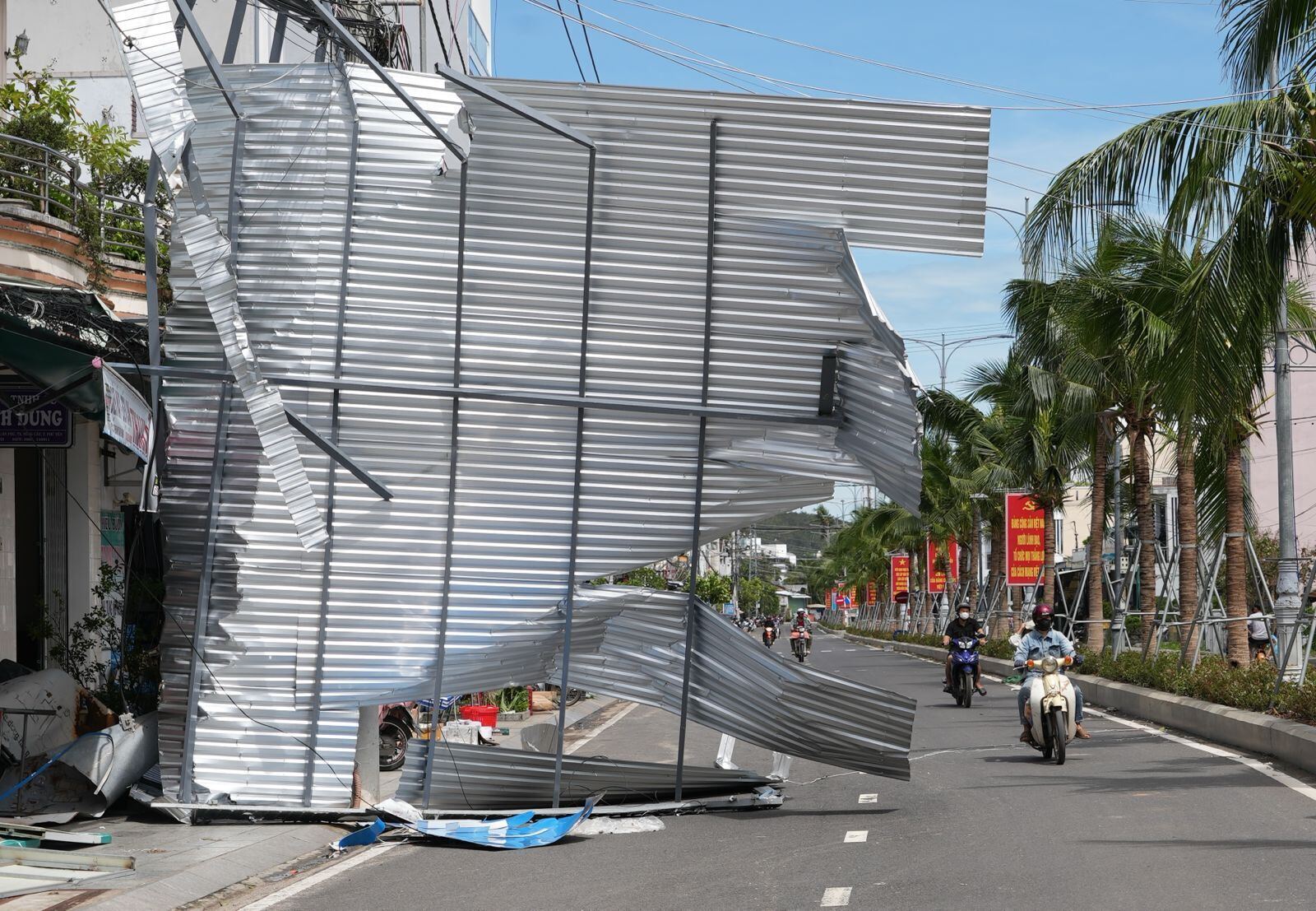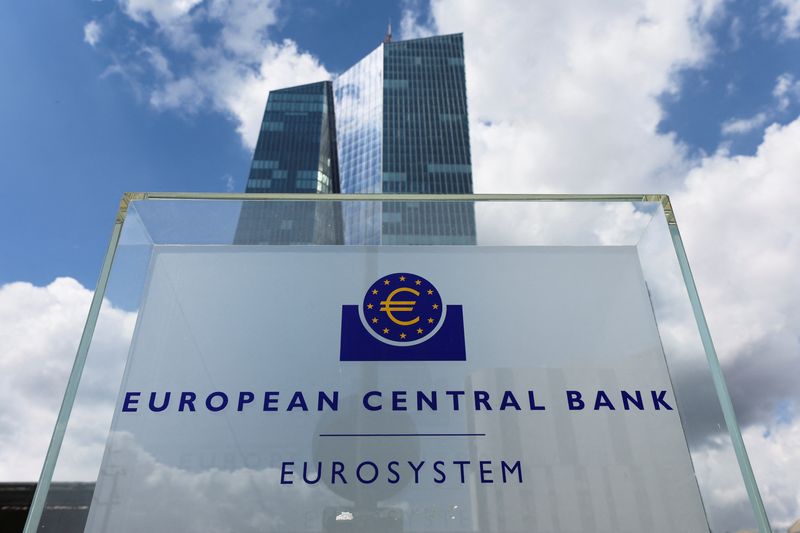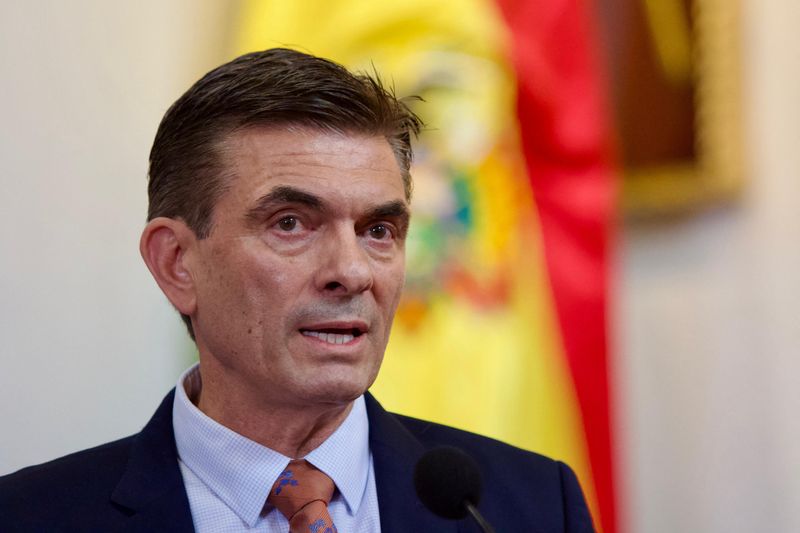What's Happening?
An international conference organized by UNESCO and the heritage charity Aliph in Switzerland has led to the proposal of an international task force to rehabilitate the ancient Syrian city of Palmyra.
This marks the first comprehensive international meeting on the topic since the fall of former president Bashar Al Assad's regime in 2024. The conference brought together heritage experts, antiquities officials, and members of the Syrian community. Key recommendations include the rehabilitation of the Palmyra museum, restoration of artefacts currently in safekeeping at the Damascus Museum, and repair of the footbridge leading to the site. The initiative aims to remove Palmyra from the UNESCO List of World Heritage in Danger. The conference highlighted the need for local community involvement through training programs and workshops.
Why It's Important?
The rehabilitation of Palmyra is significant as it represents a cultural crossroads and a symbol of intercultural dialogue and resilience. The restoration efforts could provide hope and economic benefits to the local community, which has been severely affected by years of conflict. The destruction of Palmyra by ISIS in 2015, including landmarks like the Temple of Bel and the Arch of Triumph, was a major cultural loss. Reviving the site could also boost cultural and environmental tourism, potentially revitalizing the local economy. The involvement of international experts and organizations underscores the global importance of preserving cultural heritage.
What's Next?
The task force plans to begin work in January 2026, focusing on finding an operator for the museum and initiating small rehabilitation pilot projects. Challenges such as limited security, access issues, and the presence of unexploded ordnance need to be addressed. The relationship between the ancient site and the modern city of Palmyra requires major rehabilitation to restore its dynamic and economically beneficial nature. The conference emphasized the need for proper infrastructure, including electricity and clean drinking water, to support the site's recovery and the local population's well-being.
Beyond the Headlines
The rehabilitation of Palmyra involves complex challenges, including site management issues and the need for comprehensive documentation after years of conflict. The project also highlights the broader implications of cultural preservation in post-conflict regions. The involvement of local communities is crucial for sustainable development and the long-term success of the rehabilitation efforts. The project serves as a reminder of the resilience of cultural heritage and the importance of international cooperation in preserving it.














